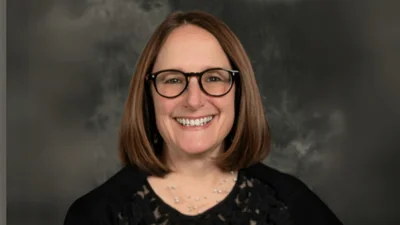Date: Saturday, July 16, 2022
Fee: None
A 4-H Shooting Sports club leader may be a parent or other adult in the community who is interested in working with young people on basic shooting skills and safety. Often the trained Coordinator takes the lead. Interested adults don't have to be expert marksmen to become involved in the program. Adults wishing to become 4-H Leaders must be approved by local Extension offices. Contact your local office today.
Certification Training
Shooting sports has the strictest regulations of any Illinois 4-H project. Governed by the national 4-H Shooting Sports program and the University of Illinois, volunteers working with the program must complete a weekend certification before being accepted as an instructor.
Certainly, safety is the top priority, said Curt Sinclair, 4-H Shooting Sports Coordinator. “We need adults who will follow the regulations of the program exactly to ensure that youth learn the responsible handling of firearms while under constant supervision of a trained instructor.”
But, shooting is only part of the program. “Shooting is simply the subject matter that we use to do what 4-H does so well, and that is prepare and empower young people with the skills they need to be successful in life,” said Sinclair.
Volunteer certification trainings are held 2-3 times per year in various locations. Most county Extension offices cover or assist with costs. Illinois needs volunteers in archery, shotgun, rifle, pistol, and hunting and wildlife project areas. In addition to each discipline, any county offering the shooting sports program must have an overall coordinator to oversee the entire program.
“After the training, our 4-H volunteers understand their role in mentoring youth to become self-directed, confident members of their community,” Sinclair said. “Yes, they’ll also teach the fundamentals of safe shooting, but their bigger role will be helping youth feel welcomed, empowered, and successful; generous in spirit; and thoughtful of their fellow club members and the communities where they live.”
Original source can be found here.

 Alerts Sign-up
Alerts Sign-up